People have always defied the gender binary.
7 Transgender, Gender Non-Conforming, and Intersex Figures from History
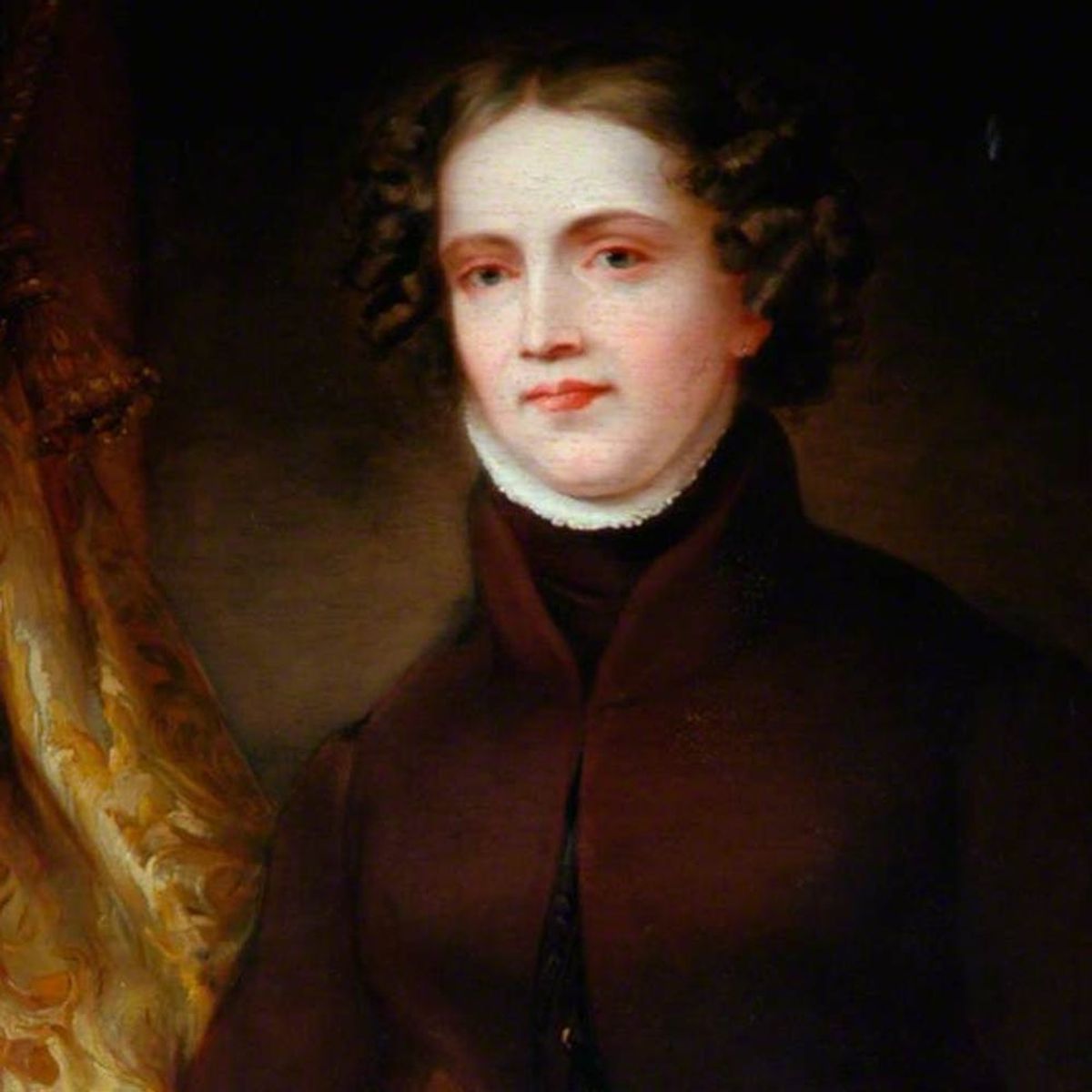
A legacy of anti-LGBTQ+ discrimination has meant that queer identities are often left out of the history books. But with a modern perspective, we’re able to pick up on hints that flesh out a more inclusive portrayal of gender and sexuality over the ages.
From the ancient world through modern times, gender non-conforming, non-binary, intersex, and transgender folks have existed, but new understandings are helping the rest of us to better comprehend their stories. In recent decades, as we’ve come to develop a more nuanced grasp of the difference between sex and gender, historians have begun recognizing the possibility that certain major figures may have existed outside the gender binary. Here are seven of those people:
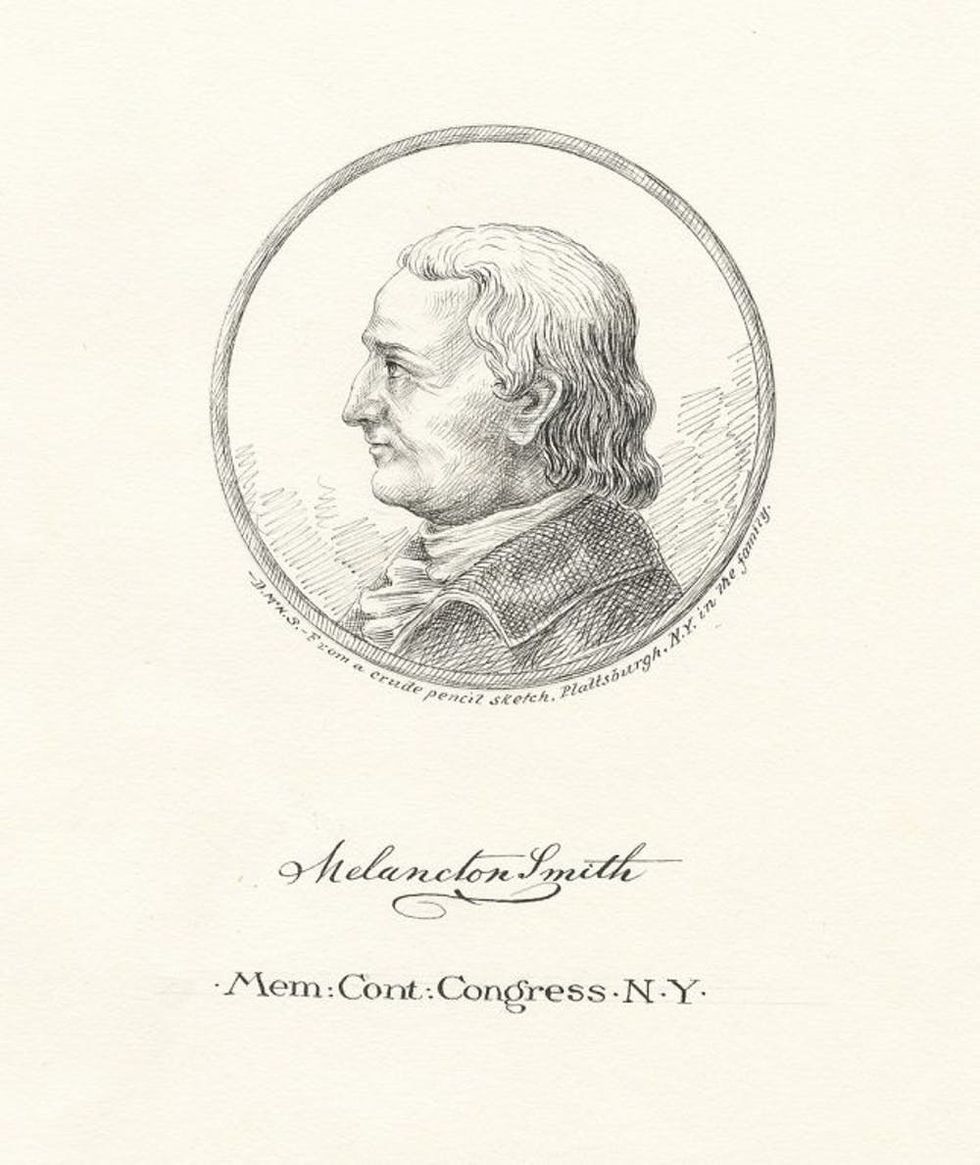
1. Casimir Pulaski: Charismatic Polish-American Revolutionary War hero fled his homeland as a young adult after being part of a conspiracy to remove a puppet king from the Polish throne. While in exile in Paris, he met American Benjamin Franklin, and a friendship was born.
Pulaski ended up stateside, fighting for revolutionary forces, and is considered by many historians to be one of the key reasons why America was able to free itself from British imperial rule. He remains celebrated for his daring, strong military mind, and, frankly, lack of fear (he was always on the front lines, and eventually formed his own militia after George Washington suggested he stay off the battlefield).
Now, new scientific evidence suggests that Pulaski was either transgender or intersex (displaying both male and female sexual organ characteristics).
“One of the ways that male and female skeletons are different is the pelvis,” Virginia Hutton Estabrook, an assistant professor of anthropology at Georgia Southern University, told NBC News about her discovery. “In females, the pelvic cavity has a more oval shape. It’s less heart-shaped than in the male pelvis. Pulaski’s looked very female.”
Pulaski’s skull also had telltale signs that he may have been born chromosomally female: a delicate facial bone structure, and a height of no more than 5’4”.
“What we do know about Pulaski is that there were enough androgens (male hormones) happening in the body, so that he had facial hair and male pattern baldness,” Esterbrook explains. “Obviously, there was some genital development because we have his baptismal records and he was baptized as a son.” (Photo via NYPL/Wikimedia Commons)
Born biologically female in 1915, Lawrence Michael Dillon is believed to be the world's first female-to-male transgender person to undergo gender reassignment surgery. The first of his many pioneering operations began in the #Bristol Royal Infirmary in 1944. pic.twitter.com/fD4PUnkn6N
— Weird Bristol (@WeirdBristol) January 11, 2018
2. Michael Dillon: Laurence Michael Dillon may not be a name many are familiar with, but the English mechanic and wartime fireman was actually the first transgender man to undergo phalloplasty, a procedure that creates a penis for those who want to surgically change their genitals to match their gender.
Born in 1915, Dillon studied at all-girls schools and was an award-winning rower. In 1939, while working at a research laboratory, he sought out Dr. George Foss, an English doctor who was experimenting with testosterone to help stop women from having their periods. The testosterone treatment caused Dillon’s outward appearance to change, and by the mid-1940s, he had a chance encounter with a plastic surgeon who would change his life.
Being hypoglycemic, Dillon often suffered from fainting spells. While in the Royal Infirmary, he met with Dr. Harold Gillies, a plastic surgeon who had experience reconstructing the genitals of wounded soldiers. Between 1946 and 1949, Dillon underwent 13 surgeries under the guise of a condition called hypospadias; in fact, the procedure was sought to anatomically confirm Dillon’s male gender.
Dillon eventually became a doctor, but his story became tabloid fodder while he was working as a ship doctor. He fled to India to study Buddhism, changing his name to Jivaka after a doctor that tended to the Buddha. Through the publication of his 1946 book, Self: A Study in Endocrinology and Ethics, Dillon became one of the first Western medical professionals to explain that being transgender was not a mental illness.
TIL that Willmer “Little Axe” Broadnax, a Gospel quartet tenor popular in the 1930s & 40s, was discovered upon his death in 1992 to be a transgender man—something only he and his brother had known. https://t.co/xzQ5dHEYU5
— Angelo Knox (@AngeloKnox6) April 23, 2019
3. Willmer “Little Axe” Broadnax: Born in Houston in 1913, gospel singer Willmer “Little Axe” Broadnax got his nickname due to his small stature in comparison to his brother, gospel singer William Broadnax.
The brothers sang in some of the most popular gospel groups and quartets in the 1940s and 1950s. Little did the public know that, years earlier, Little Axe had come out as transgender to a family who simply accepted his gender identity, although he’d been assigned female at birth.
By the time he was a teen, the Broadnax family’s report to the US Census showed two sons instead of a son and a daughter.
In the late 1930s, William and Willmer moved to California, forming their first gospel group, The Golden Echos. Little Axe performed with many leading gospel groups, eventually joining The Spirit of Memphis.
By the mid-1960s, as gospel’s popularity waned, Broadnax retired, although he did show up on recordings with the Five Blind Boys of Mississippi in the 1970s and 1980s. By the early 1990s, the once-renowned gospel singer had faded to relative obscurity, and was tragically stabbed to death by his girlfriend in 1992.
It was only during that people learned that the diminutive gospel star was assigned female at birth.

4. Elagabalus: Although there are nearly no reliable accounts on the life of Roman Emperor Elagabalus, much historical writing suggests that the violent emperor was both bisexual and transgender, and became the Roman ruler after much maneuvering by their mother, grandmother, and others at the tender age of 14.
In the ancient Roman world, 14-year-old boys were highly prized and sexualized, and Elagabalus — who by all accounts, was born anatomically male — was able to harness that adoration into power. But while historical texts uniformly refer to the emperor with male pronounce, records indicate that Elagabalus frequently wore women’s clothing and took on female affectations. A document from Cassius Dio recalls Elagabalus returning a greeting from Aurelius: “Call me not Lord, for I am a Lady.”
Although some historians point to statues of Elagabalus dressed in traditionally male fashions, and claim the ruler’s transness was used to smear them after their reign ended, an alternate reading is that those male-gendered depictions could also have been made to legitimize their rule. At any rate, Elagabalus made their grandmother a senator (the first woman ever in the ancient world to hold such a title), and created an entire women’s Senate — which made them seem depraved to many of the men running the Roman Empire at the time.
But beyond their gender non-conformity, Elagabalus’s rule was marred by a series of cultural shifts that caused great discomfort amongst the men of Rome — and Elagabalus’ own reputation for hedonism. After being stabbed to death by some of the schemers who’d gotten Elgabalus into power in the first place, the Empress was dumped into the Tiber River in order to cleanse Rome of their wild rule. (Photo via Glst2media/Wikimedia Commons)
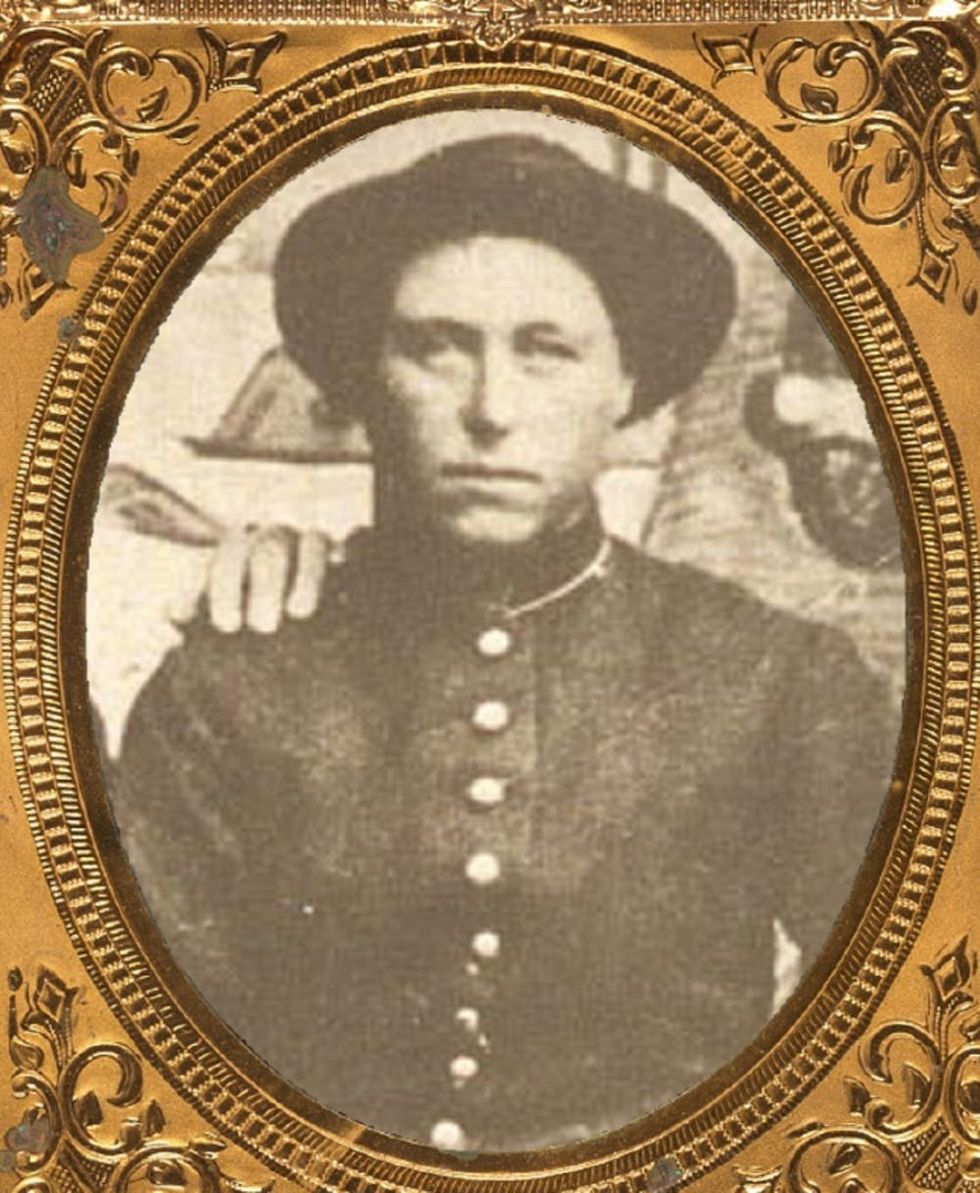
5. Albert D.J. Cashier: Five-foot-tall US Civil War veteran Albert D.J. Cashier told different versions of his life story to different people, possibly to help explain his life’s open secret: that he was assigned female at birth.
At 19, he enlisted in the army to fight with the Union, and accounts state his bravery (and recklessness). In his later years, Cashier worked for Illinois State Senator Ira Lish, who reportedly knew of Cashier’s transness and protected his identity. Lish eventually helped the war veteran secure residency in a home for injured soldiers and sailors after accidentally hurting Cashier with his car. Those who cared for him kept his secret, but eventually, he began suffering from dementia and the home could no longer care for him.
Cashier was moved to an asylum, where his secret was revealed. Nurses forced him to wear dresses and live as a woman, but even though his dementia was worsening, he would gather his skirts and wear them as pants, demanding to be treated as the man he was.
Unfortunately, his attempts to fashion pants out of the skirts the hospital forced on him would lead to his death: He tripped over the skirt he was wearing and broke his hip, eventually dying from a septic infection caused by the fracture. (Photo via TradingCardsNPS/Wikimedia Commons)
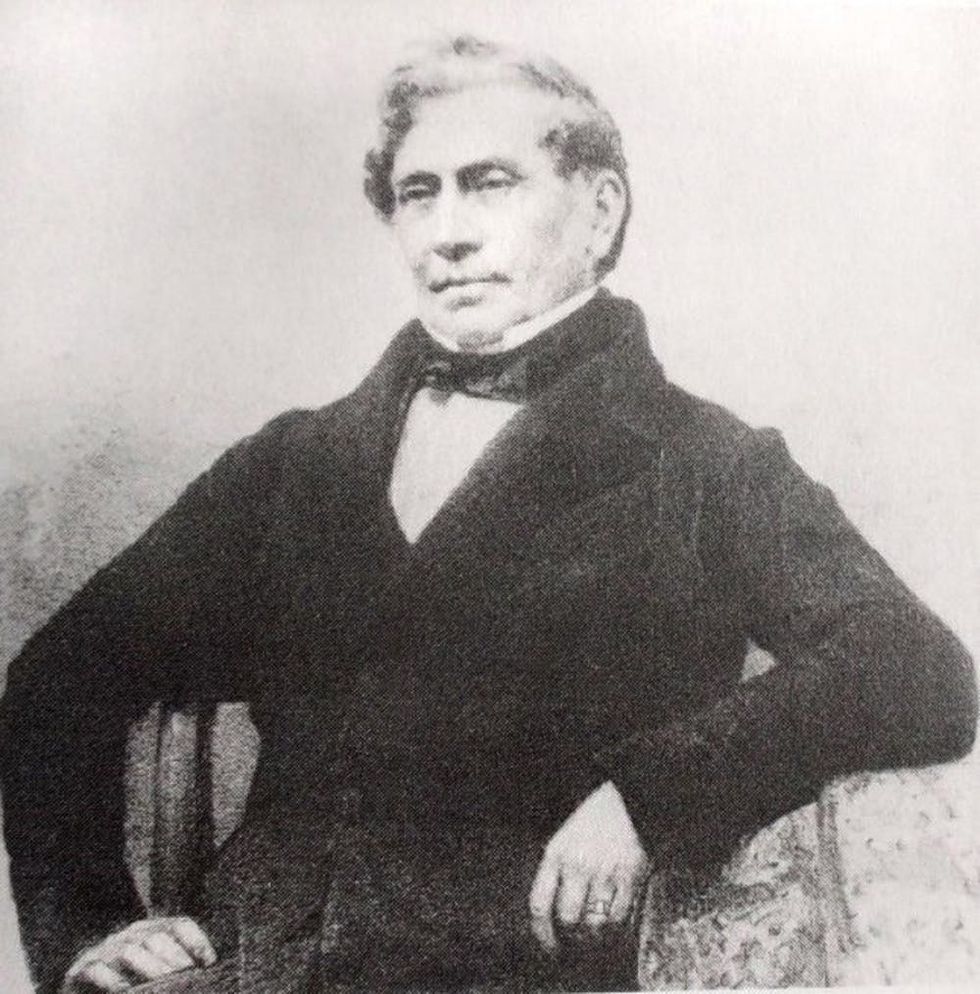
6. Dr. James Barry: Born Margaret Bulky in around 1789 County Cork, Ireland, James Barry moved with his mother to England to live with her brother, an academic called James Barry, after the Bulky family fell on hard times. The first James died in 1806, but not before he set up his sister and niece with money and educational means.
Margaret eventually took James Barry’s name and headed off to the University of Edinburgh to study medicine. But the university worried that young Barry was lying about his age because he was so small, with a high voice. The school was reportedly so convinced he was underage, that the university almost didn’t let Barry sit his exams. But a friend of the late James Barry — David Steuart Erskine, the Earl of Buchan — insisted his young ward be allowed to take his exams.
Once Barry completed school, he enlisted in the military, becoming a renowned military surgeon who ruffled the feathers of some of his colleagues — including, legend goes, Florence Nightingale, after the two argued that she was inappropriately dressed for work in the sun. He was one of the first modern doctors to perform a successful C-section and demanded equal treatment for the rich and the poor, the free and the enslaved.
Very few knew about Barry’s secret while he was alive, and it was only at his death that people found out the truth about the military doctor and public health reformer: Not only was Barry assigned female at birth, but he had, at one point, given birth to a daughter — likely conceived, heartbreakingly, in rape — who his mother would raise as his sister. (Photo via Scanty Particulars/ Rachel Holmes/ Wikimedia Commons)
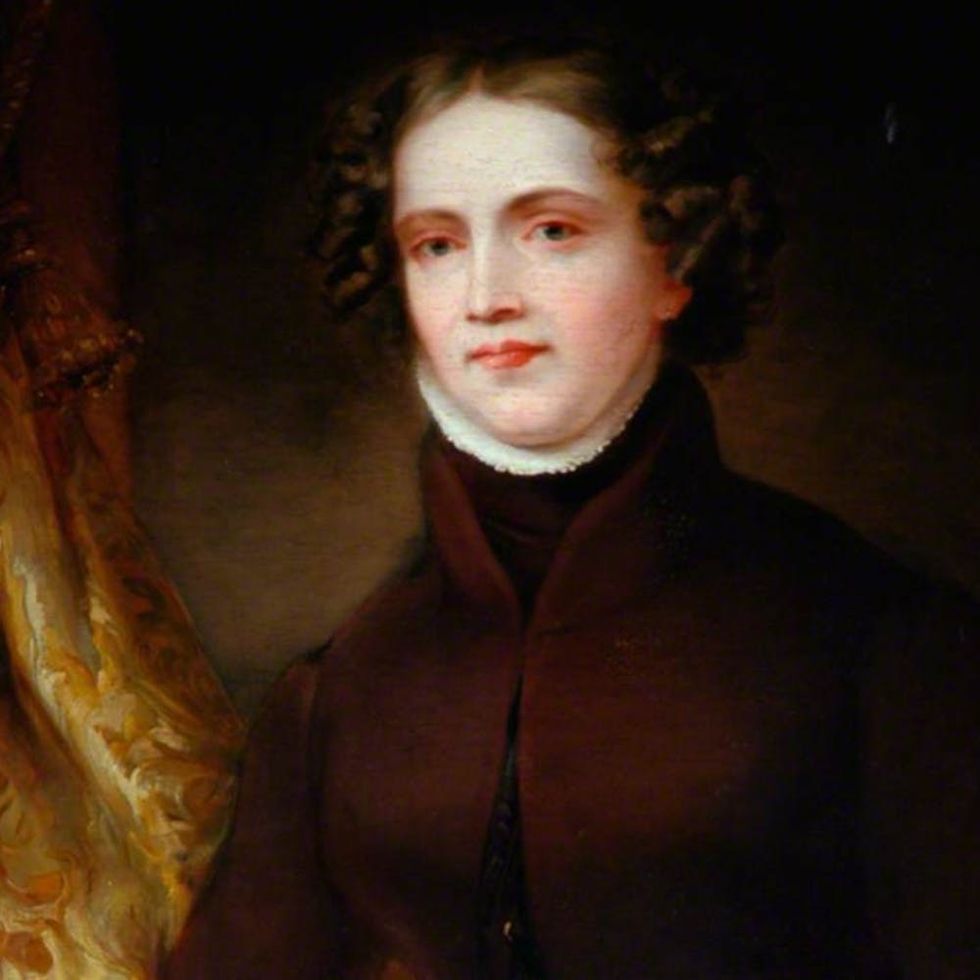
7. Anne “Gentleman Jack” Lister: Born in 1791 England to a landed family,Anne “Gentleman Jack” Lister has been called “the first modern lesbian” and is remembered by history as a gender non-conforming powerhouse. Her nickname was one given to her by locals who wanted to mock her masculine outward appearance and her preference for the company of other women, but it did little to obscure that she was way ahead of her time.
In 1826, Lister inherited her family’s properties at Shibden Hall from her uncle after he passed away. Although property management was very much considered a man’s purview in Regency England, Lister didn’t balk. She had long term plans to restore the property, increase its income, and leave the estate in better shape than she received it.
Lister managed rents and income from the property’s various revenue streams, and used some of the profit for her own industrious business ventures. Eventually, Lister and her lover, Ann Walker, were able to obtain a church blessing and lived together at Shibden, while traveling widely. It was with Walker on a trip to Russia where Lister died after an insect bite in 1840.
In extensive diaries written in a secret code of her own making, Lister wrote over four million words through the course of her life. In those volumes, she wrote at length about her women lovers, and her life as the landlord of her family’s properties.
It was years later that a relative found the Lister diaries and had them decoded. They show Lister as a free-willed, proud woman who challenged gender norms not only to be able to openly love who she wanted, but to live as she chose. (Photo by Joshua Horner/Wikimedia Commons)



















